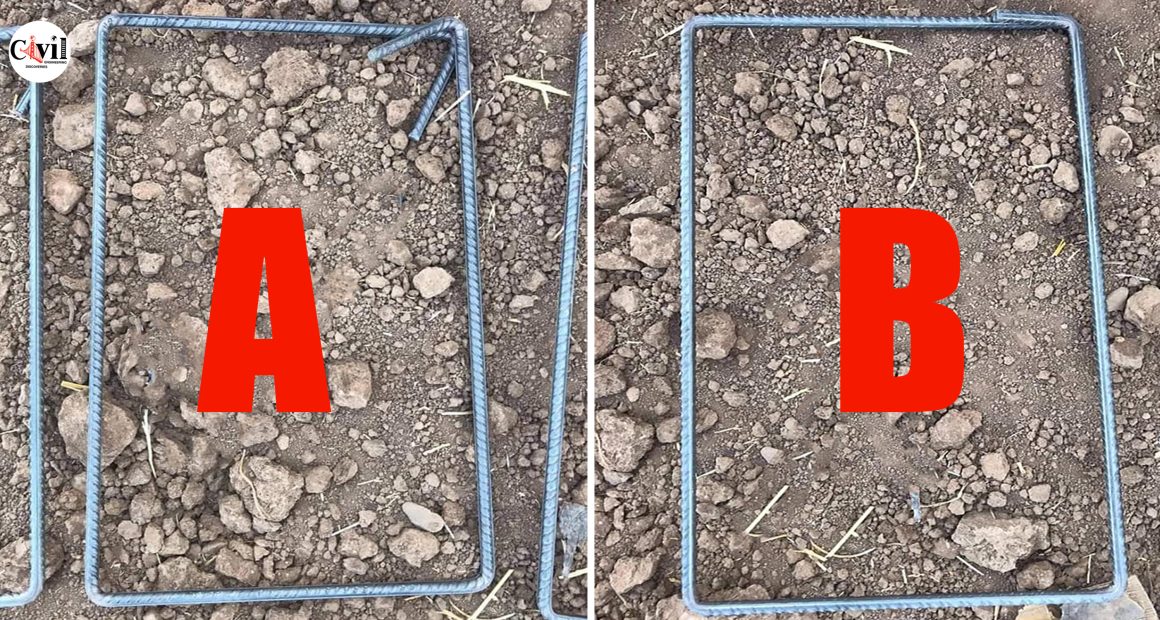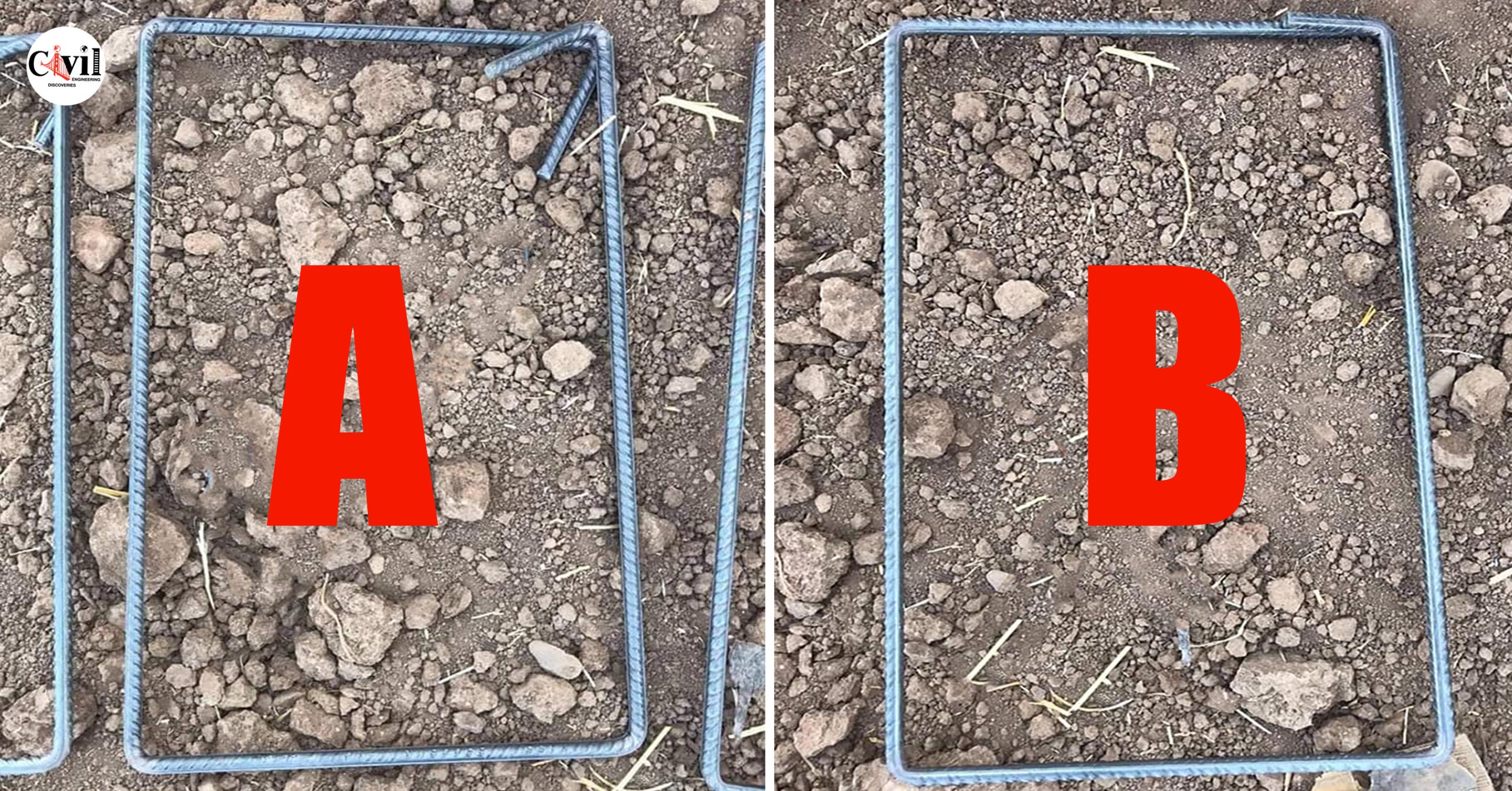Types of Stirrups in a Concrete Beam
Concrete beams are integral to building structures, providing strength and stability. Stirrups play a crucial role in reinforcing these beams by resisting shear forces and tying longitudinal rebars together. The proper stirrup design ensures the beam can withstand both shear and torsional forces effectively. Below, we explore different types of stirrups used in concrete beam construction.
What Are Stirrups in Concrete Beams?
Stirrups are closed-loop reinforcements placed perpendicularly to the longitudinal reinforcement of a beam. They help resist shear forces and prevent the beam from bending excessively under load. Stirrups also contribute to the overall structural integrity by holding the longitudinal rebars in place, ensuring the beam remains strong even under stress.
Types of Stirrups Used in Concrete Beams
Understanding the various types of stirrups is essential for selecting the right reinforcement for different construction needs. Here are some common types:
1. Single-Legged Stirrups
Single-legged stirrups are the most basic type. They consist of a single closed loop around the longitudinal rebars. These stirrups are easy to install and provide minimal resistance to shear forces. They are typically used in small-scale projects where heavy loads are not a concern.
2. Double-Legged Stirrups
Double-legged stirrups offer increased strength compared to single-legged ones. These stirrups consist of two closed loops that provide better shear resistance. They are ideal for medium-sized beams that need additional reinforcement to handle moderate loads.
3. Four-Legged Stirrups
Four-legged stirrups are designed for heavy-duty reinforcement. These stirrups consist of four closed loops and are used in large beams that carry substantial loads. Four-legged stirrups provide maximum shear resistance and ensure that the beam maintains its integrity under high stress.
4. Helical Stirrups
Helical stirrups are used in circular or spiral patterns, often in columns or beams with complex shapes. They offer excellent torsional resistance and are commonly used in projects where beams need to resist twisting forces in addition to shear.
5. Torsional Stirrups
Torsional stirrups are designed to resist torsional forces specifically. They have additional bends or twists compared to regular stirrups. These are essential in structures where beams are subject to significant twisting, such as in bridges or high-rise buildings.
Importance of Proper Stirrups in Concrete Beams
The right selection of stirrups ensures the beam can withstand the forces it will encounter. Poor stirrup design or placement can lead to beam failure, which could compromise the entire structure. Therefore, engineers must carefully consider the type, size, and spacing of stirrups during the design and construction phases.









